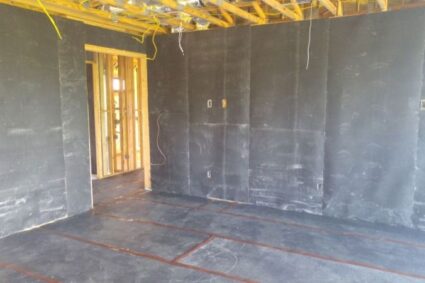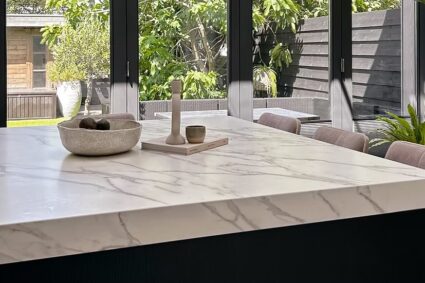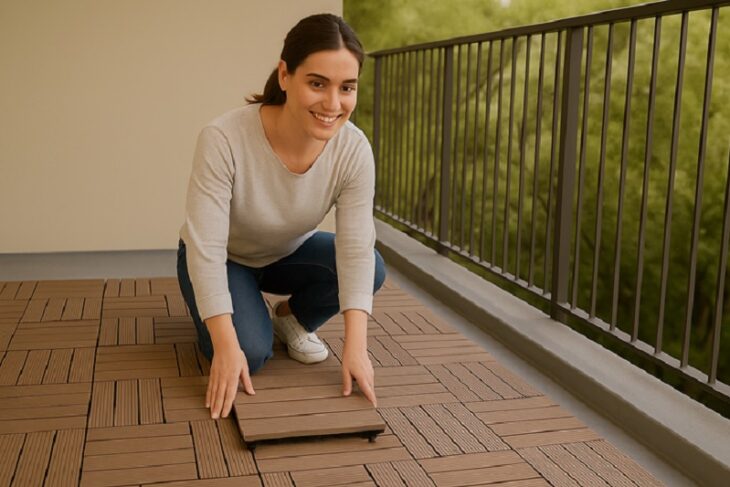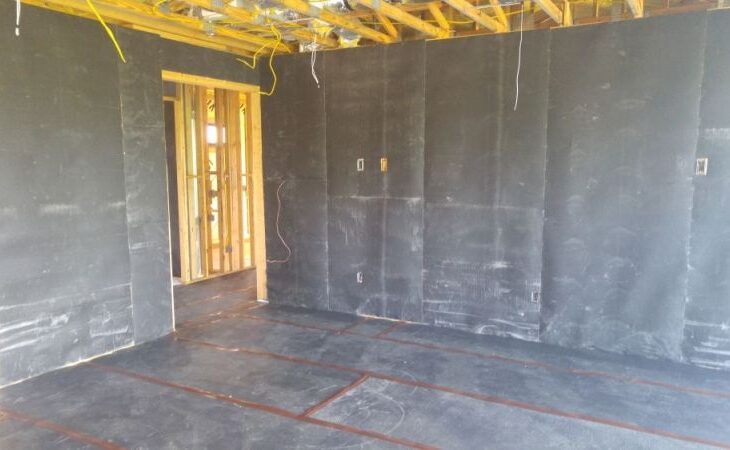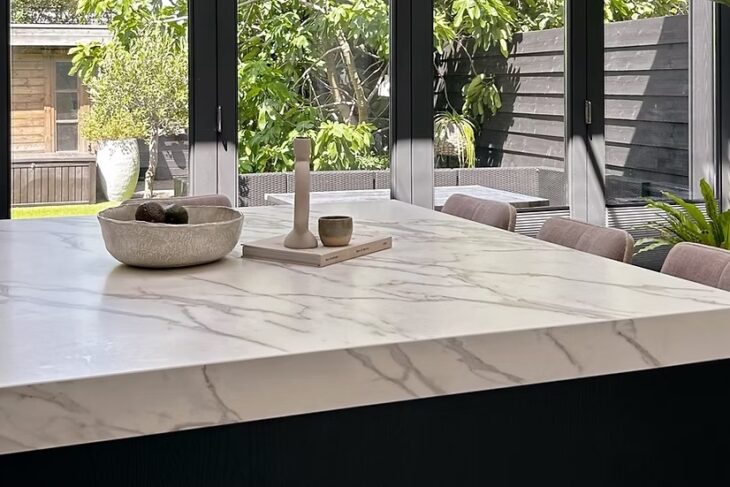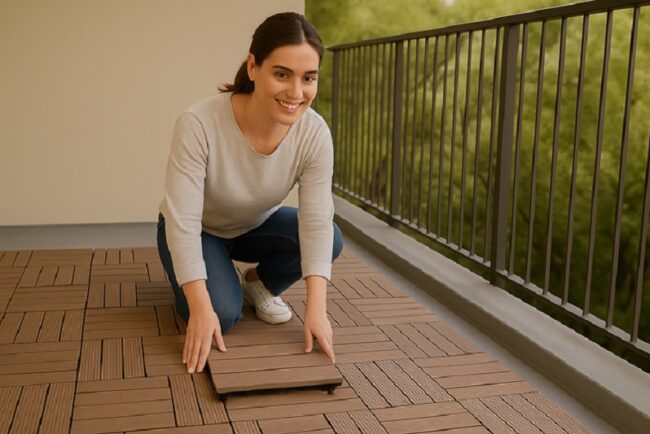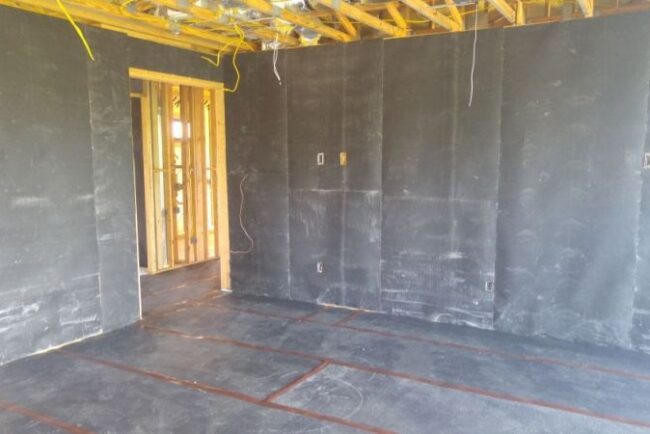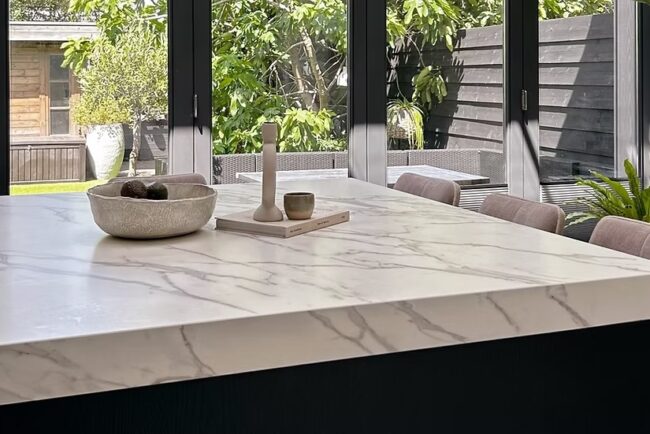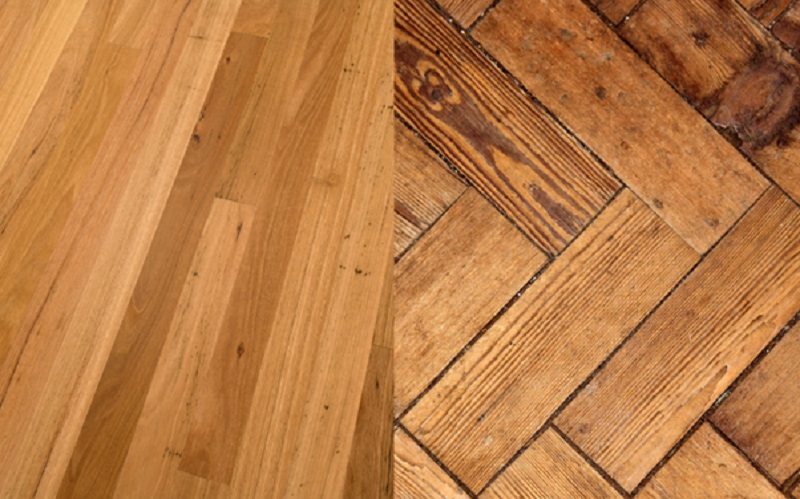
When it comes to choosing the right flooring for your home, timber flooring is a popular choice due to its timeless beauty and durability. However, deciding between engineered timber flooring and solid wood flooring can be challenging, especially with so many factors to consider. Each option has its unique advantages and potential drawbacks, and understanding these can help you make an informed decision that suits your needs, lifestyle, and budget.
What Is Solid Wood Flooring?
Solid wood flooring is made from a single piece of wood, typically oak, walnut, or maple. Each plank is cut from a solid block of timber, which gives the flooring its distinctive, natural look. Solid wood flooring has been a traditional choice for centuries, admired for its rich texture, warmth, and the ability to last for generations.
One of the key benefits of solid wood flooring is its durability. Since it is made entirely of wood, it can be sanded and refinished multiple times over its lifespan, allowing homeowners to restore its original appearance after years of wear and tear. This makes solid wood flooring an excellent long-term investment, as it can be revitalised to look as good as new even after decades of use.
However, solid wood flooring also has its challenges. Being a natural material, it is more susceptible to changes in humidity and temperature, which can cause it to expand, contract, or even warp over time. This characteristic makes it less suitable for environments with high moisture levels, such as basements or bathrooms. Additionally, solid wood flooring generally requires professional installation, which can add to the overall cost.
What Is Engineered Timber Flooring?
Engineered timber flooring, on the other hand, is constructed from multiple layers of wood. The top layer, known as the wear layer, is made of real hardwood, such as oak timber flooring, while the underlying layers are typically composed of plywood or high-density fibreboard (HDF). These layers are bonded together under high pressure, creating a stable and durable plank that mimics the look of solid wood.
One of the main advantages of engineered timber flooring is its stability. The layered construction helps resist the effects of humidity and temperature changes, making it less prone to warping or shrinking. This stability allows engineered timber flooring to be installed in areas where solid wood might not be suitable, such as basements, kitchens, or even over underfloor heating systems.
Engineered timber flooring is also easier to install than solid wood flooring, as it can be laid as a floating floor over most existing surfaces. This makes it a more convenient and often more cost-effective option for homeowners looking to undertake a DIY project or reduce installation time and expenses.
However, it’s important to note that while engineered timber flooring is durable, it has a thinner wear layer compared to solid wood. This means that it can only be sanded and refinished a limited number of times—typically one or two—depending on the thickness of the top layer. Therefore, while it may last for decades, it may not have the same longevity as solid wood in high-traffic areas or in homes where frequent refinishing might be desired.
LEARN MORE:Flooring 101: A Comprehensive Guide to Different Types of Flooring Materials
Which Is Right for You?
Choosing between solid wood flooring and engineered timber flooring ultimately depends on your specific needs and preferences. If you value the authenticity and long-term durability of traditional timber flooring, and you’re willing to invest in professional installation and maintenance, solid wood might be the right choice for you. It’s a great option for living rooms, dining areas, and bedrooms where you can showcase the natural beauty of wood and enjoy its warmth and character.
On the other hand, if you’re looking for a versatile, stable, and more budget-friendly alternative, engineered timber flooring might be the better option. Its resistance to moisture and temperature changes makes it ideal for kitchens, basements, and other areas where solid wood might not perform as well. Plus, the easier installation process can save time and reduce labour costs, making it a practical choice for many homeowners.
Conclusion
Both solid wood flooring and engineered timber flooring offer unique benefits, and the right choice depends on your home’s specific conditions and your personal preferences. Solid wood flooring provides a timeless appeal with the potential for longevity, while engineered timber flooring offers versatility and stability in a variety of environments. By considering factors such as location, budget, and long-term maintenance, you can choose the timber flooring option that best suits your home and lifestyle.
Choose between timber and solid wood flooring with help from an expert. Contact LUXO Floors to choose from various types of flooring.




